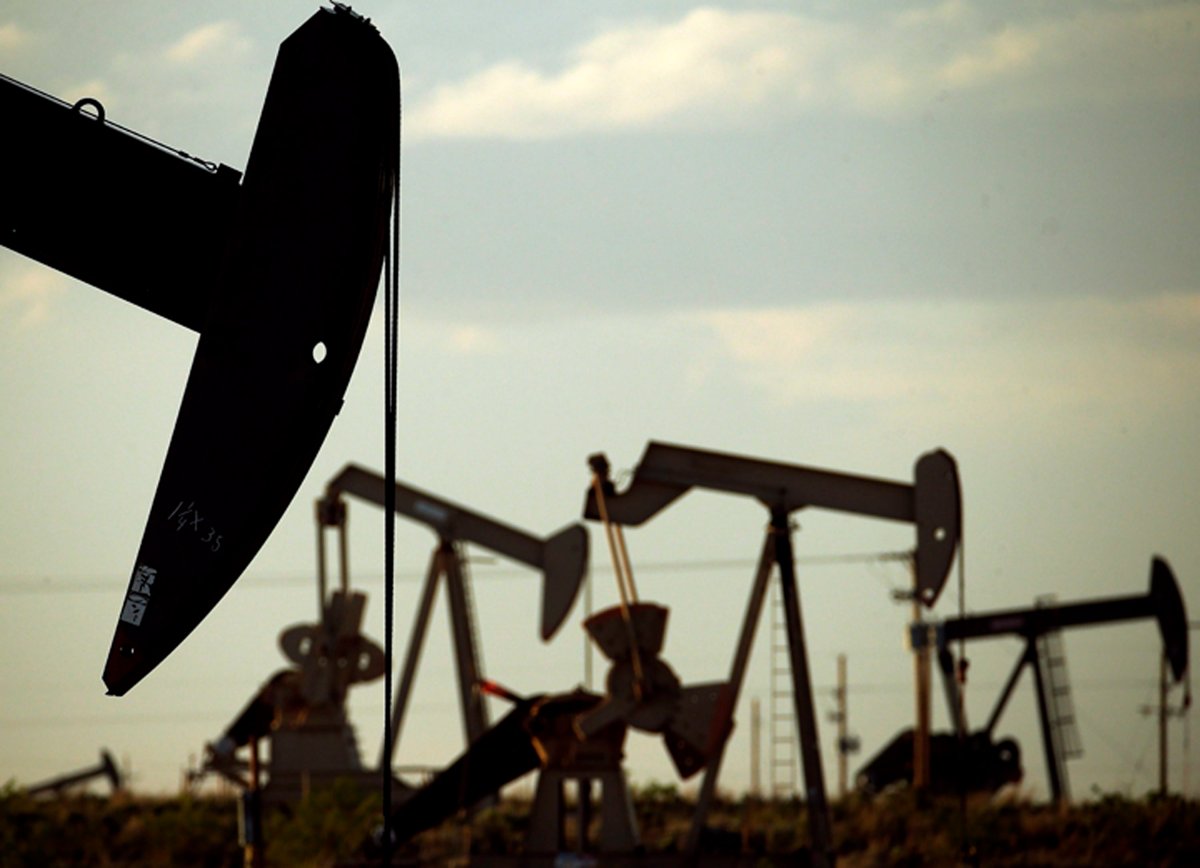The Alberta Energy Regulator (AER) is not backing down from its fight regarding abandoned oil wells by energy companies that have filed for bankruptcy. They appeared before the Supreme Court of Canada on Thursday to dispute a ruling by Alberta courts.

It began in May of 2016, when the Alberta Queen’s Bench ruled in favour of the bankruptcy trustee representing Redwater Energy Corp. Under the ruling, profits from the sale of assets would go first to creditors — not towards cleaning up operation sites.
Abandoned oil wells would be left to be cleaned up by the industry-funded, government-backed Orphan Well Association.
AER spokesperson Ryan Bartlett told the Alberta Morning News the decision undermines Alberta legislation and the provincial regulator.
“The receivers and trustees who manage company bankruptcy can avoid complying with provincial legislation and avoid our environmental and public safety obligations in order to maximize profit for secured creditors,” he said. “So as you can imagine, the AER took issue with this.”
Bartlett believes the ruling sets a precedent that will essentially allow companies to shirk responsibilities that come with a license to operate in Alberta’s energy sector.
Those include following all provincial legislation related to environmental preservation and public safety when mining for oil and gas, and complying with the AER’s liability management system.
“The Alberta Court’s decision poses a significant unacceptable risk to Albertans,” Bartlett said. “We believe that managing and regulating a province’s energy resources is the full responsibility of each province’s government.
“This decision impacts Alberta’s constitutional right to manage its own resources.”
The AER argues that allowing energy-based businesses to put profit over clean-up undermines their ability to regulate in the sector.
The liability management system operates by comparing a company’s assets to liability. If the ratio gets low enough, the company is obligated to take action to improve that ratio in order to keep operating under their license.
They can do this by reducing liability through closing sites and return the former oil wells to their natural state. Companies can also increase assets by purchasing new work sites with high levels of productivity. Finally, the business may post security with the AER with cash or a letter of credit.
“Our system was built under the premise that licenses are provided for energy development on the premise that companies will be held accountable to clean up their mess,” Bartlett said. “Our provincial legislation demands that accountability, and our liability management approach is founded on it.
“Our liability management system was created to balance multiple interests — that being environmental protection, public safety, landowner interests, but also investment royalties, jobs and market volatility.”
Bartlett added that no matter what the Supreme Court rules, the AER is committed to working with Albertans — including Indigenous communities, the energy industry and the provincial government to ensure public safety and environmental protection in the energy resource sector.
- Invasive strep: ‘Don’t wait’ to seek care, N.S. woman warns on long road to recovery
- Ontario First Nation declares state of emergency amid skyrocketing benzene levels
- Do Canadians have an appetite for electric vehicles? Experts are divided
- Nearly 200 fossil fuel, chemical lobbyists to join plastic treaty talks in Ottawa








Comments